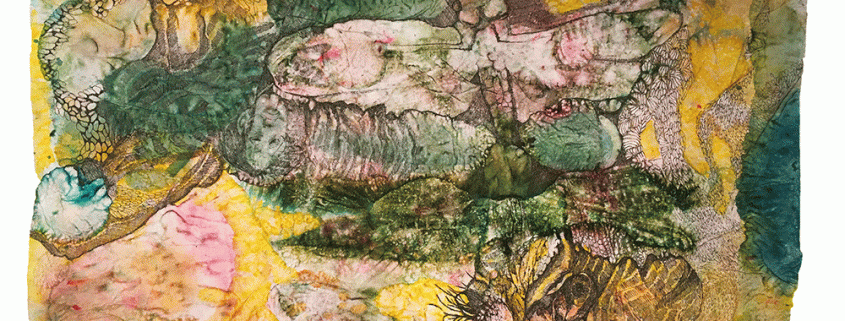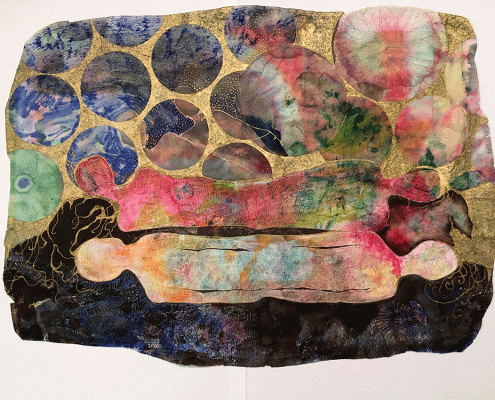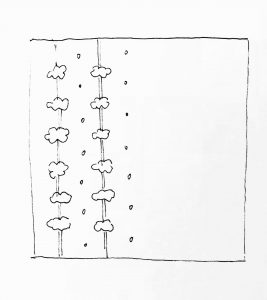//Xiaoyu Kang
//xkang@andrew.cmu.edu
//Section B
//Project-06
function setup(){
createCanvas(300,300);
}
function draw(){
background(233,217,120);
noStroke();
var s = second();
var m = minute();
var h = hour();
//background circle
fill(62,124,208);
circle(150, 150, 270);
//arc of second
strokeWeight(10);
stroke(180,230,255);
arc(width/2, height/2, 230, 220, PI + HALF_PI, PI + HALF_PI + 2 * PI * (s/60));
//arc of minute
strokeWeight(20);
stroke(147,193,255);
arc(width/2, height/2, 170, 170, PI + HALF_PI, PI + HALF_PI + 2 * PI * (m/60));
//arc of hour
strokeWeight(30);
stroke(110,148,255);
fill(71,93,137);
arc(width/2, height/2, 90, 90, PI + HALF_PI, PI + HALF_PI + 2 * PI * (h/12));
//center circle
fill(233,217,120);
noStroke();
circle(width/2, height/2, 15);
//marks on the sides
fill(255);
noStroke();
rect(width/2 - 20/2, 0, 20, 50);
rect(width/2 - 20/2, height - 50, 20, 50);
rect(0, height/2 - 20/2, 50, 20);
rect(width - 50, height/2 - 20/2, 50, 20);
}For this project, I thought about the more modern design of watches that is designed nowadays. So I tried to keep the way of representing the time simple and easy to understand. I also tries to use some pop of color to make the image visually pleasing.

![[OLD FALL 2019] 15-104 • Introduction to Computing for Creative Practice](https://courses.ideate.cmu.edu/15-104/f2019/wp-content/uploads/2020/08/stop-banner.png)







